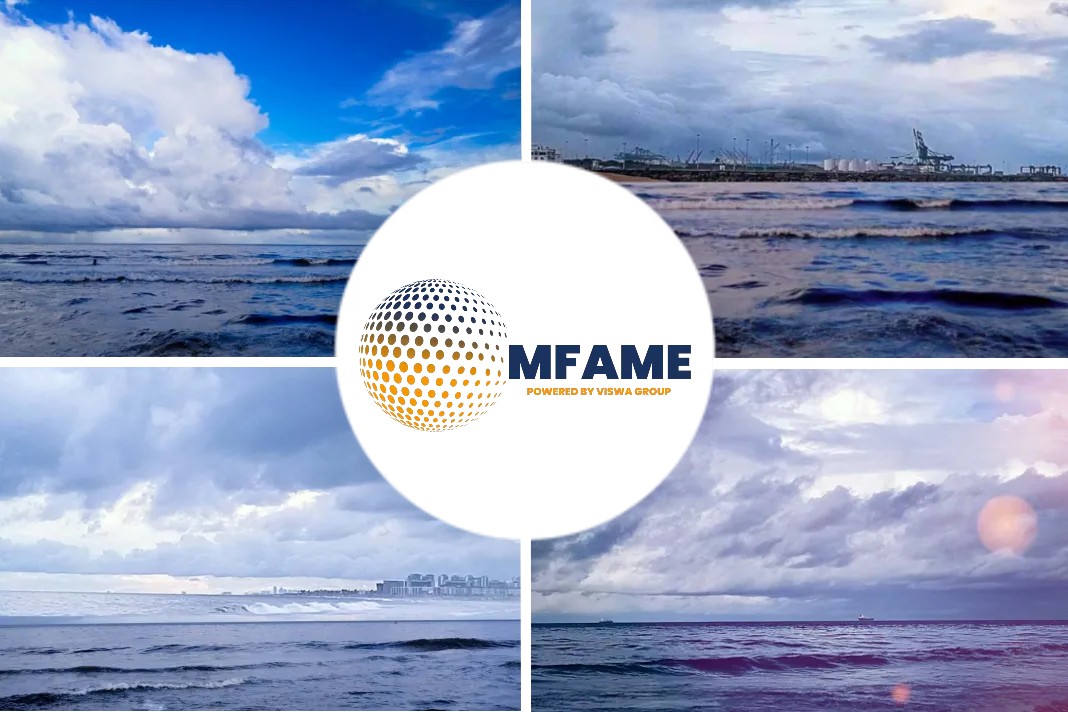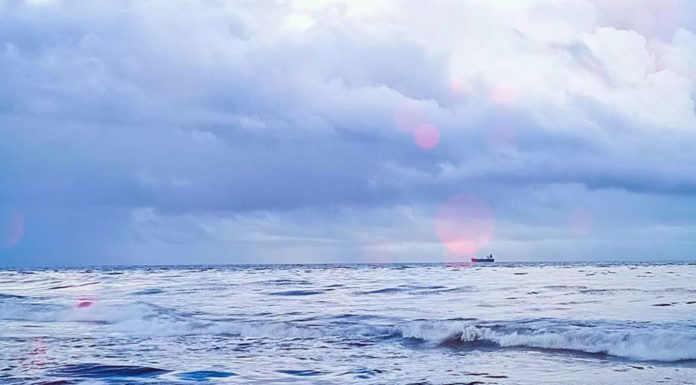- Allianz reports that in 2018, 46 total losses of vessels were reported worldwide. It was down from 98 losses 12 months earlier, with a significant decline in global activity.
- The number of reported shipping incidents overall (2,698 in 2018) shows a little decline – less than 1% year-on-year.
- Machinery damage is one of the most expensive causes of marine insurance claims, costing $1 billion over the past five years.
- South China, Indochina, Indonesia, and the Philippines maritime region remains the top loss location.
- Fires continue to generate large losses on board with the number of reported incidents trending upwards.
According to a report published in Marine Log, large shipping losses are now at their lowest level this century, declining by over 50% year-on-year.
Significant decline in losses
According to insurer Allianz Global Corporate & Specialty SE, its latest annual Safety & Shipping Review, which analyzes reported losses of ships over 100 gross tons. Allianz reports that in 2018, 46 total losses of vessels were reported worldwide.
This was down from 98 losses 12 months earlier, with a significant decline in activity in the global loss hotspot, Southeast Asia, and weather-related losses halving after a quieter hurricane and typhoon seasons.
Machinery damage costliest cause of claims
While this fall in total losses is encouraging, says Allianz, the number of reported shipping incidents overall (2,698 in 2018) shows a little decline – less than 1% year-on-year.
Machinery damage is the major cause, accounting for more than a third of the 26,000+ incidents over the past decade – twice as many as the next highest cause, collision. Machinery damage is one of the most expensive causes of marine insurance claims, costing $1 billion over the past five years.
Fortunate circumstances
“Today’s record low total loss activity is certainly influenced by fortunate circumstances in 2018, but it also underlines the culmination of the long-term improvement of safety in the global shipping industry,” says Baptiste Ossena, Global Product Leader Hull & Marine Liabilities, AGCS.
He further added, “Improved ship design, technology, tighter regulation and more robust safety management systems on vessels have also helped to prevent breakdowns and accidents from turning into major losses. However, the lack of an overall fall in shipping incidents, heightened political risks to vessel security, complying with 2020 emissions rules and the growing number of fires on board bring challenges.”
Worst locations
South China, Indochina, Indonesia, and the Philippines maritime region remains the top loss location. One in four occurred here in 2018, although this is significantly down from 29 a year earlier.
The East Mediterranean and the Black Sea and the British Isles rank second and third. Despite signs of improvement, Asia will remain a hotspot for marine claims due to its high level of trade, busy shipping routes, and older fleets. However, newer infrastructure, better port operations, and more up-to-date navigation tools will help to address challenges.
Cargo ships accounted for a third of vessels lost around the world in the past year. The most common cause of ship losses remains foundering (sinking), which has accounted for more than half of the 1,036 lost over the past decade. In 2018, 30 cases were reported.
Fires generate huge losses
Fires continue to generate large losses on board with the number of reported incidents trending upwards. This has continued through 2019 with a number of recent problems on containerships and three significant events on car carriers.
Misdeclared cargo, including incorrect labeling/packaging of dangerous goods, is believed to be behind a number of fires at sea. Meanwhile, the loss of hundreds of containers overboard from a large vessel in early 2019 provides a reminder that damaged goods are the most frequent generator of marine insurance claims, accounting for one in five over five years.
Security risks
Political risk has heightened around the globe and increasingly poses a threat to shipping security, trade, and supply chains through conflicts, territorial disputes, cyber-attacks, sanctions, piracy, and even sabotage, as evidenced by recent attacks on oil tankers in the Middle East.
The growing number of migrants at sea and an increase in stowaways on commercial vessels also has serious consequences for shipowners, leading to delays, diversions and pressure on the crew. Piracy incidents increased in 2018 to more than 200 – Nigeria is now the top global hotspot.
Did you subscribe to our daily newsletter?
It’s Free! Click here to Subscribe!
Source: MarineLog
















![[Watch] A Kitty Hawk Moment in the History of Drone Delivery](https://mfame.guru/wp-content/uploads/2016/06/VOD-6-80x60.jpg)